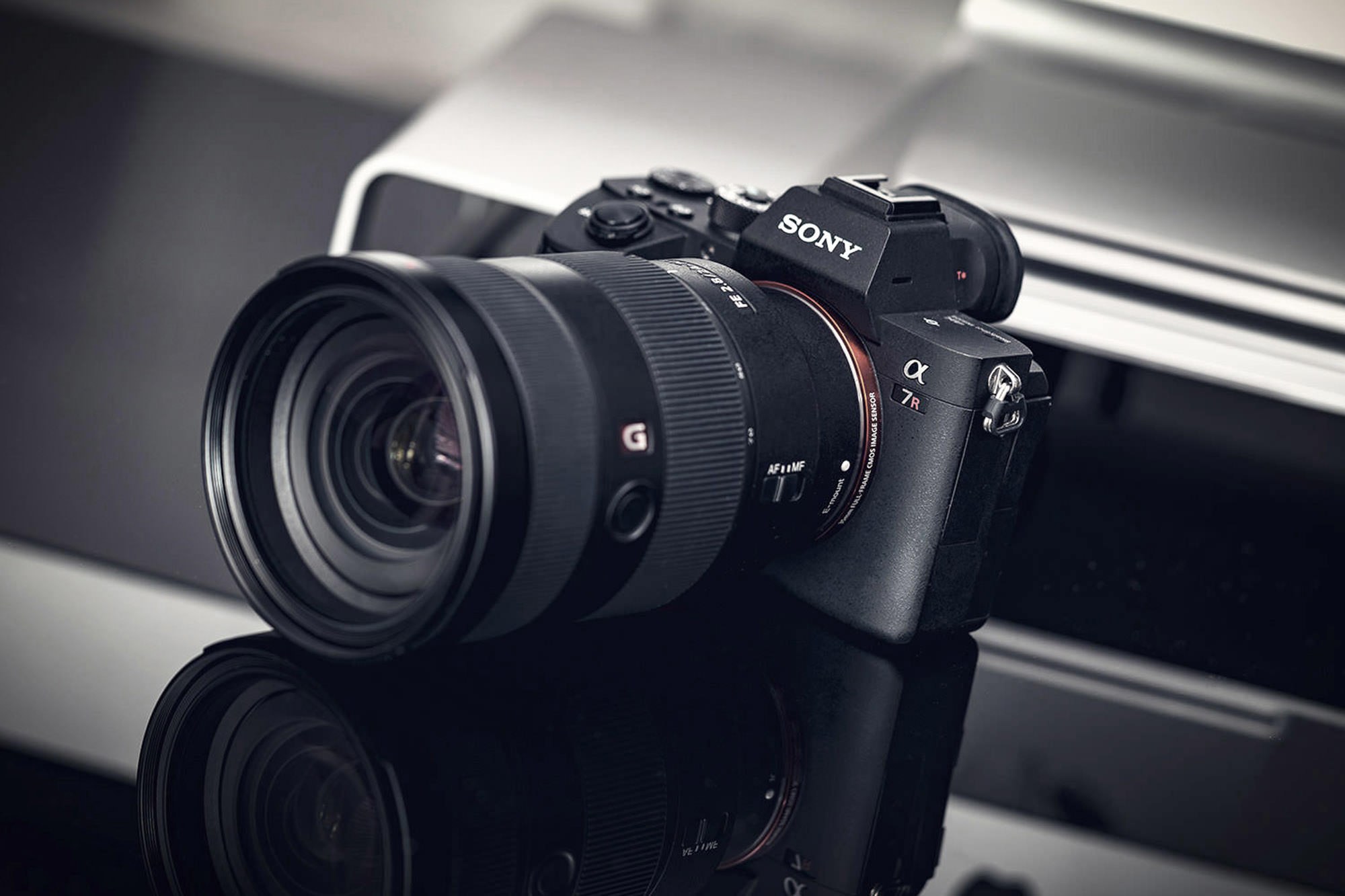


I have been with a camera in my professional hand for more than 28 years now, and throughout that time I’ve pretty much been a Nikon girl through and through. I first started playing with a Pentax SLR which my dad gave me along with a handful of lenses when I was about 15, then when I was about 18 I got my first Nikon SLR and of course, these were all film cameras.
I also remember I’d dabbled in Canon for about a year when I first started taking pictures, but it just didn’t feel right, so I swiftly went back to Nikon again, and that’s where I stayed faithfully for my professional career, up until now…
Through my recent years with Nikon, I could see the other brands gradually rolling out many advanced features that I craved for in a camera, and I was becoming frustrated that Nikon was becoming slow in keeping up. I didn’t necessarily need a fast ‘frame per second’ camera, or high ISO, after all, most of my work is studio based or under controlled lighting situations. Instead, I wanted more Megapixels, more dynamic range, a lighter system to carry around and I desperately wanted the eye focus tracking that Sony offered, for my portrait and corporate work. I also wanted to start shooting more video work and this is when the Sony Alpha range slowly started to get my attention.
Last year I had a play with a Sony Alpha 7riii and it felt really comfortable in my hand. I started to read up more on the whole Sony system and began following a lot of Sony Ambassadors on social, just to learn more about their experience with Sony cameras. I liked what I was hearing and I also liked the whole approach of Sony as a brand too, down to their social groups, and even their creative marketing. I realised that so many professional photographers I followed were starting to switch to Sony and I also noticed that no one was unhappy with the quality. So to begin with, I decided last year to buy the A7riii body and a Sony 24-70 gm lens to complement it and I have to say I was blown away by the quality it produced. The 24-70mm lens was noticeably sharper than my Nikon version and I loved the feel of the smaller, lighter A7Riii body.
It’s not a cheap system to invest in once you go down the professional route, but the quality of the Sony lenses was staggering, and I could see it had already got me hooked

All camera systems will eventually be going mirrorless, its no doubt the future, but making a complete switch from one brand to another after more than 28 years of investment is always going to be incredibly expensive, especially if you are a professional. It’s not just the camera bodies, but you have the range of lenses and accessories to consider also, the triggers, the speedlights, batteries and the cables. Its certainly not a move to be taken lightly, but I was in love with my new Sony kit, the quality I was seeing and how I could see it helping my business, not just with photography but video too. I then decided to invest further so I sold my second back up Nikon body, a D810, along with a host of portrait lenses, as I could see the Sony replacing my portrait kit quite nicely. After so many years with Nikon and knowing the menu system and bodies inside out, I did struggle with learning the Sonys layout, and the huge menu system, which is a bugbear of many, but now I have adjusted, and the more I use it, the more familiar it feels.

I’ve still kept my Nikon D850 along with a few complimentary lenses for studio use, in fact, I’m not ruling out a future mirrorless Nikon, but for now, I am very happy with my Sony system for my photography and my ever-growing video work.
